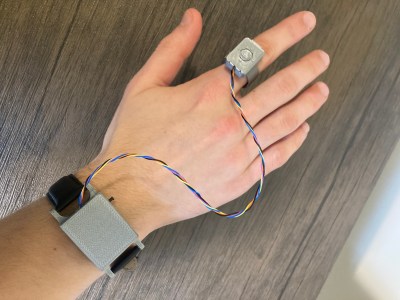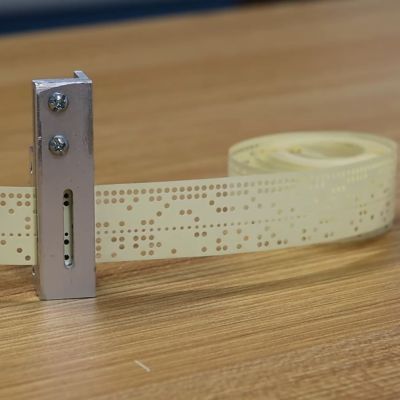Earlier this year Zilog stopped production of the classic 40-pin DIP Z80 microprocessor, a move that brought a tear to the eye of retro computing enthusiasts everywhere. This chip had a huge influence on both desktop and embedded computing that lingers to this day, but it’s fair to say that the market for it has dwindled. If you have a retrocomputer then, what’s to be done? If you’re [Dean Netherton], you create a processor card for the popular RC2014 retrocomputer backplane, carrying the eZ80, a successor chip that’s still in production.
The eZ80 can be thought of as a Z80 system-on-chip, with microcontroller-style peripherals, RAM, and Flash memory on board. It’s much faster than the original and can address a relatively huge 16MB of memory. For this board, he’s put the chip on a processor daughterboard that plugs into a CPU card with a set of latches to drive the slower RC2014 bus. We can’t help drawing analogies with some of the 16-bit upgrades to 8-bit platforms back in the day, which used similar tactics.
So this won’t save the Z80, but it might well give a new dimension to Z80 hacking. Meanwhile, we’re sure there remain enough of the 40-pin chips out there to keep hackers going for many years to come if you prefer the original. Meanwhile, read our coverage of the end-of-life announcement, even roll your own silicon if you want., or learn about the man who started it all, Federico Faggin.




















